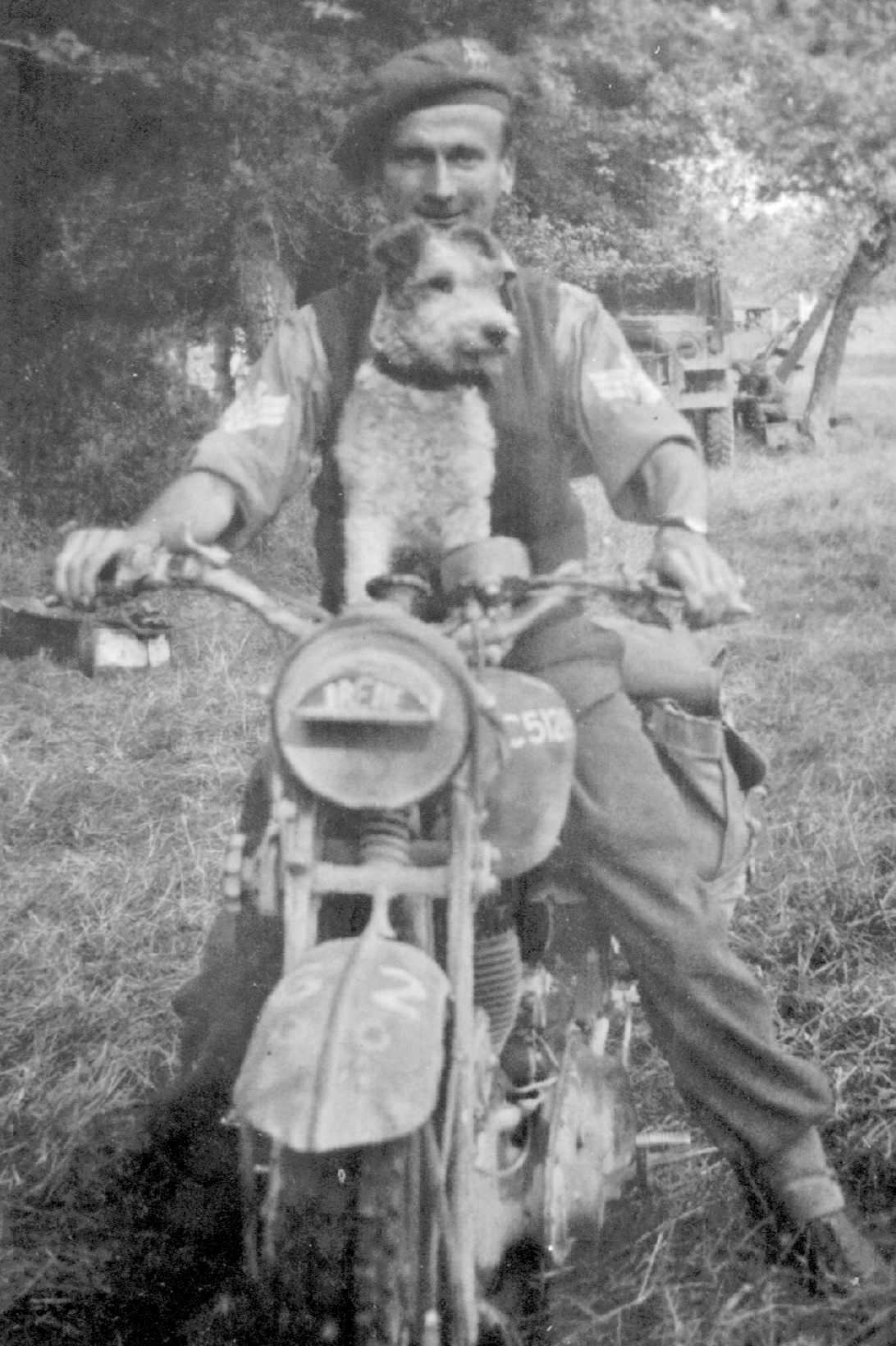Just over 21 years after the end of the First World War, the War to end all Wars, On the 1st September 1939, Great Britain once again declared War on Germany, following it's invasion of Poland.
Prior to the declaration of War, each of the Territorial Battalions were ordered to split and form two Battalions and in doing so, once recruiting had taken place, doubled the strength of the TA infantry.
The Queen's battalions formed into two brigades; 131 (Queen's) Brigade consisted of 1/5th, 1/6th and 1/7th Queen's and 169 (Queen's) Brigade was made up of 2/5th, 2/6th and 2/7th Queen's. All six Territorial battalions fought in France in 1940. Two years later, both brigades were ordered overseas and fought in the Eighth Army in the Western Desert. 131 Brigade became the Lorried Infantry brigade of the 7th Armoured Division (the "Desert Rats") after the Battle of EI Alamein. 169 Brigade joined 56 London Division (the "Black Cats") and took part in the capture of Tunis in May 1943. Both brigades fought in the allied landing at Salerno, Italy in September 1943; one relieving the other. 131 Brigade then returned to England to prepare for the invasion of north-west Europe and eventually helped to push the Germans back across the River Maas. 1/5th Queen's ended the War in Hamburg, later moving to Berlin, where it took part in the Victory Parade in front of Winston Churchill. 169 Brigade remained in Italy until the end of the war.
Of the Regular Battalions: The 1st Battalion Queen's Royal (West Surrey) Regiment continued to serve in India at the start of the Second World War and fought for a year against tribesmen on the North-West Frontier. The Battalion then transferred to Burma and saw a great deal of hard fighting against the Japanese in the Arakan, at Kohima and in the Irrawaddy operations. After the Japanese surrender, the 1st Battalion spent a short period in Malaya, before returning home.
The 2nd Battalion moved to Egypt from Palestine in 1940 and fought in the Battle of Sidi Barrani and at Tobruk. It then moved back to Egypt and then Syria. This was followed by a peaceful year in Ceylon, prior to a move to Burma, where it served as part of the Deep Penetration Forces (Chindits) against the Japanese. After the War, the 2nd Battalion moved back to India, where it remained until 1947.
The reminiscences of veterans of the regiment have been recorded for posterity. Extracts from these reminiscences, grouped by theme and with transcripts attached, allow you to listen to former soldiers recount their experience of life in the regiment and of some of the defining moments of the Second World War such as Dunkirk, the fall of Singapore and the North African, Italian and Burma campaigns.
'Buried Battles and Veterans' Voices' was established by Surrey History Centre in partnership with the Queen's Royal Surrey Regimental Museum and the National Archives to preserve and make accessible the documentary, photographic and oral history heritage of the regiments.
